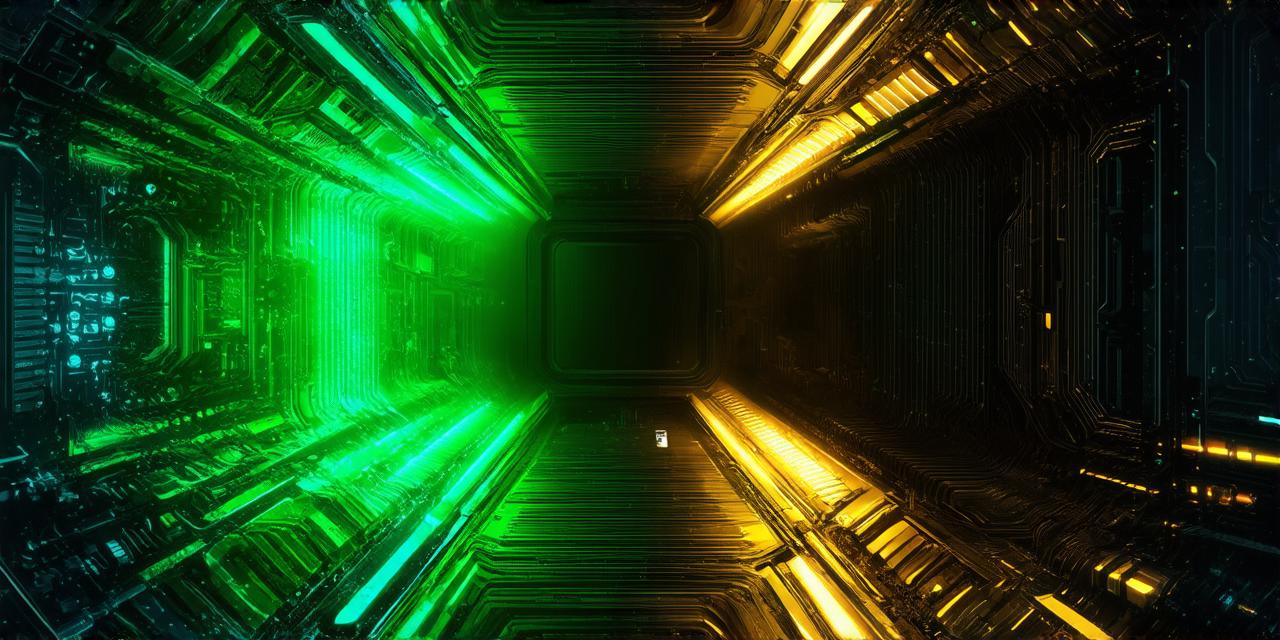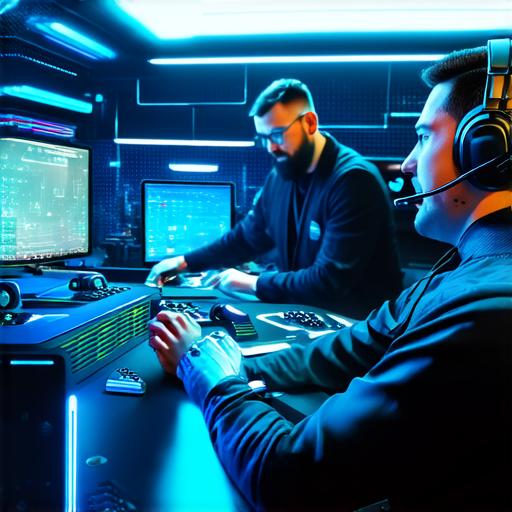
Exploring Mixed Reality: A Guide for Developers
- 0
Mixed reality (MR) is an exciting and rapidly growing field that combines virtual and physical environments to create immersive and interactive experiences. As a developer, you may be wondering how to get started with MR development and what tools and techniques are available to you. In this guide, we will explore the basics of mixed reality, discuss the different types of MR, and provide tips and best practices for developing MR applications.
What is Mixed Reality?
Mixed reality (MR) is a technology that combines virtual and physical environments to create an interactive and immersive experience. In MR, virtual objects are overlaid on the real world, allowing users to interact with both the virtual and physical environments simultaneously. MR can be experienced through headsets or mobile devices and can be used in a variety of industries, including gaming, education, healthcare, and manufacturing.
Types of Mixed Reality
There are two main types of mixed reality: augmented reality (AR) and virtual reality (VR). AR overlays digital information on the real world, while VR creates a completely artificial environment that simulates the physical world. Both AR and VR can be used in MR development, but they have different characteristics and requirements.
Augmented Reality (AR)
AR is a technology that overlays digital information on the real world. This information can include images, videos, and 3D models, which are superimposed on the user’s view of the physical world. AR can be experienced through a variety of devices, including smartphones, tablets, and headsets. Some popular examples of AR applications include Snapchat filters, Ikea Place, and Pokemon Go.
Virtual Reality (VR)
VR is a technology that creates a completely artificial environment that simulates the physical world. VR can be experienced through headsets or other devices that track the user’s movements and provide a fully immersive experience. Some popular examples of VR applications include video games, such as Minecraft and Beat Saber, and educational and training programs, such as medical simulations and flight simulators.
Getting Started with MR Development
If you are new to MR development, there are several tools and resources available to help you get started. Here are a few key considerations:

-
Choose the right platform: The first step in MR development is choosing the right platform for your application. This may include AR or VR headsets, mobile devices, or other hardware. Some popular platforms for MR development include Unity, Unreal Engine, and ARKit.
-
Learn the basics of MR development: Once you have chosen your platform, you will need to learn the basics of MR development. This may include programming languages, such as C and JavaScript, as well as tools and techniques for creating 3D models and animations. There are many online resources and tutorials available to help you get started.
-
Experiment with different MR experiences: To gain experience and familiarity with MR development, it’s a good idea to experiment with different MR experiences. This may include creating simple AR or VR applications or working on more complex projects that combine both AR and VR.
-
Join the MR community: There is a vibrant and supportive community of MR developers who are always willing to share knowledge and resources. Joining online forums, attending conferences and workshops, and connecting with other developers can be a great way to learn from experts in the field.
Tips for Developing MR Applications
Here are a few tips for developing successful MR applications:
-
Keep the user experience at the forefront: When developing MR applications, it’s important to keep the user experience at the forefront. This may include designing intuitive interfaces and ensuring that the application is easy to use.

